Listed Markets
Portfolio Construction
For all Brunel portfolios, we have agreed a portfolio specification with clients. These specifications form the key document defining each portfolio. The specification covers objectives, performance target, benchmark and investment strategy, as well as an overview of portfolio risk, liquidity, style, factor and any other limits. Portfolio specifications are then expanded upon in Portfolio Scoping Papers. These are based on market research and consider the overall investment rationale for the portfolio, and provide broader guidance on the expected structure and management of the portfolio, including how the proposed approach will achieve the desired returns. The investment objectives are agreed through our Investment Committee.
Manager Selection
A core element of Brunel’s approach is that day-to-day investment management is outsourced to external specialist investment managers. Thus, the successful identification and appointment of high-quality managers is essential to Brunel’s success on behalf of its clients.
We aim to appoint investment managers who (collectively at the portfolio level) can meet the investment objectives of the appropriate portfolio, do not subject Brunel to additional operational risk exposure, and contribute to the overall success of the Brunel Pension Partnership.
There are four key principles of Brunel’s selection of managers and other services that it should adhere to:
- Value – Getting long term value for money for clients is the goal of all Brunel’s selection work. Ultimately, this should mean good returns net of fees, but it is also recognised that low fees themselves are an important component of that
- Transparent – Brunel should be as clear as possible in its manager selection, sharing details of the timetable, requirements, and evaluation criteria at all stages in the selection process. Proposing Managers should also be transparent about their activities and especially in their fee calculations and reporting
- Open – Brunel’s searches should, whenever appropriate, be open to all credible market participants, and if they are restricted to a selected group, Brunel should endeavour to ensure all credible participants have been included
- Fair – Brunel’s selection processes should be fair to all participants and should look to balance different considerations appropriately and as objectively as possible. They should also be fair to Brunel and its clients and consider internal resources and time pressures. Brunel also seeks to be as consistent in its processes and judgements as possible
Manager Monitoring
Brunel has laid out the high-level investment principles it considers important in achieving long-term investment success, and which provide a framework for manager monitoring.
Core to the investment principles are the importance of a long-term approach, the importance of innovation, an evidence-based approach to investment, and the value of integrating broader social, environmental, and other factors into the investment process.
These principles have been integrated into our Asset Manager Accord (AMA), which provides (in a non-legal context) our expectation of managers, and what they should expect of Brunel. The Accord emphasises the long-term nature of Brunel’s approach to investment, given the nature of our client fund liabilities, and recognises that Brunel, through its actions, can influence the behaviour of managers. In particular, excessive focus on short-term metrics will undermine our intention of focusing on the long term.
Active equities
High Alpha Global Equity
Objectives: To provide global equity market exposure together with excess returns from accessing leading managers.
Approach: The portfolio will comprise global equities (primarily developed), diversified by sector and geography. The portfolio will hold assets in currencies other than sterling and this currency exposure will not be hedged.
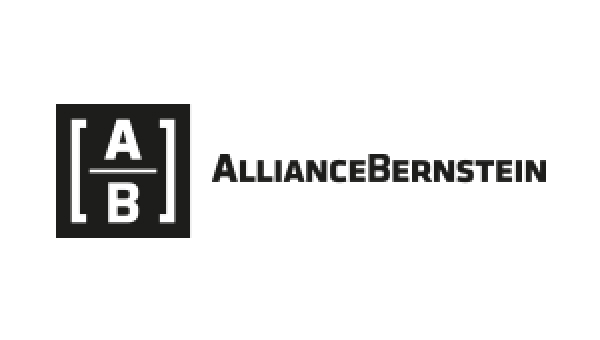

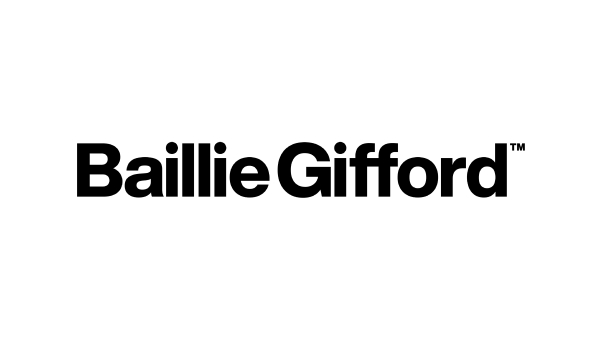
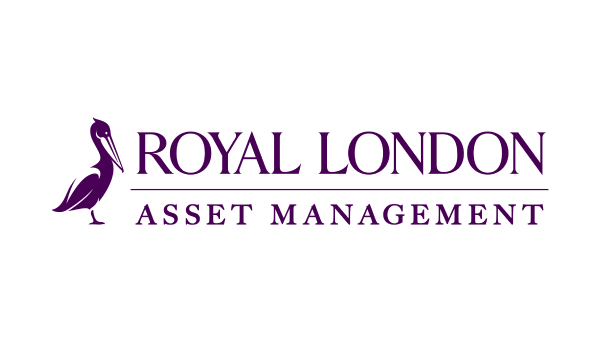
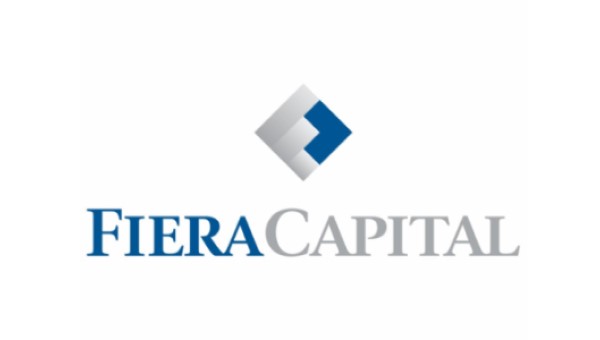
Global Sustainable Equity
Objectives: To provide exposure to the global sustainable equities market, including excess returns from manager skill and ESG considerations.
Approach: The sustainable equities portfolio will use a broader strategy consideration of environmental and social sustainability to identify companies and investment themes able to succeed long term through contributing to society. It will build on but go beyond our active approach to corporate governance, and consideration of environmental and social factors, particularly when they represent potential risks to investor capital.

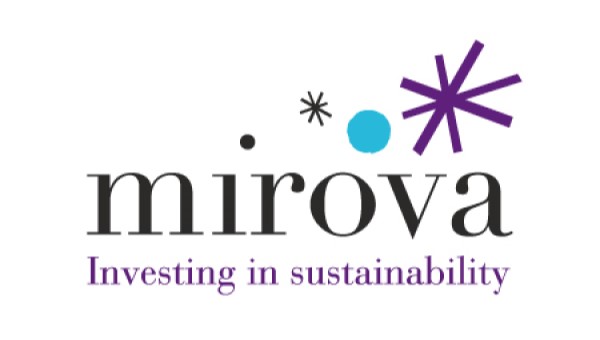
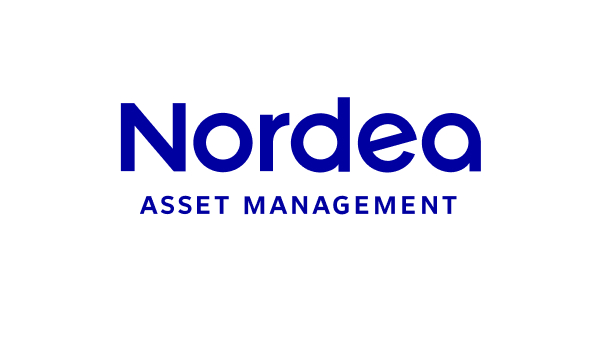
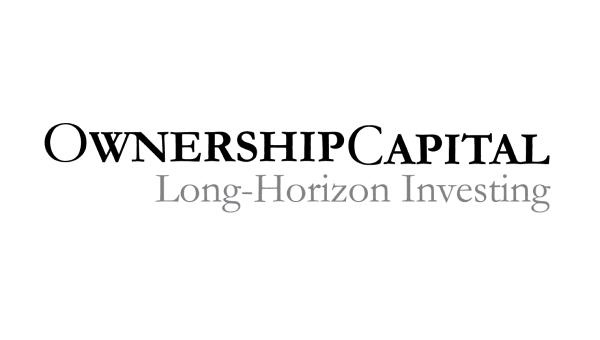
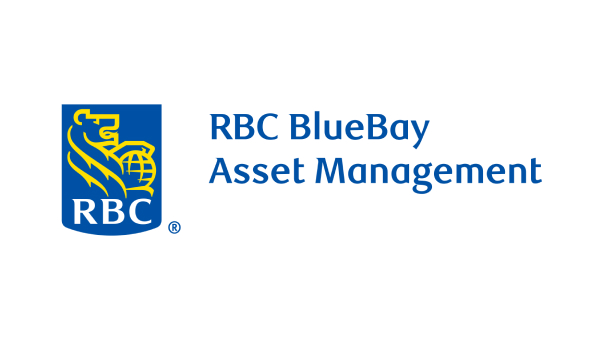
UK Equity
Objectives: To provide exposure to UK equities, together with enhanced returns from manager skill.
Approach: Investing in the UK equity market avoids direct currency risk, benefits from the high standards of governance and transparency in the UK, and provides access to a wide range of companies with UK and global exposure. However, the market is somewhat imbalanced from a sector perspective and concentrated in a relatively small number of leading names. These aspects of the UK market create opportunities for skilled managers to add long term value through better portfolio construction and stock selection. Managers may invest in an “unconstrained” fashion paying little or no attention to the benchmark constituents or weights.

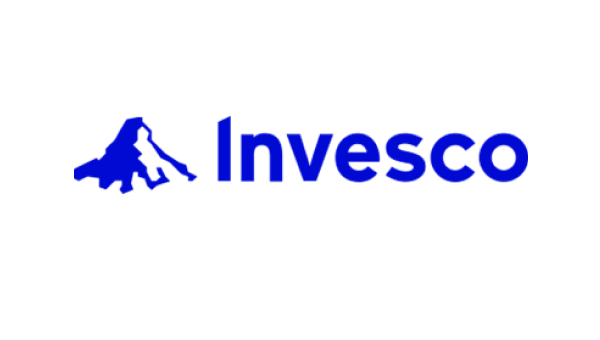
Smaller Companies Equities
Objectives: To provide exposure to global smaller company equities together with excess returns from manager skill.
Approach: Smaller companies will be defined by the relevant index provider. Some investment in medium sized stocks and non-benchmark smaller companies will be permitted. The smaller companies effect is well established and demonstrates that smaller companies offer higher long-term returns. It may reflect higher risk, and also the practical issues of investing in smaller companies. Mandates are likely to be quite focused.
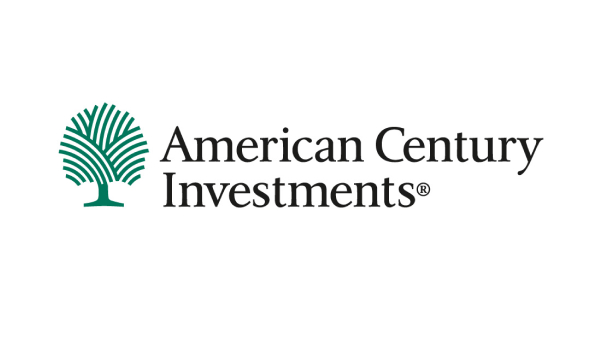
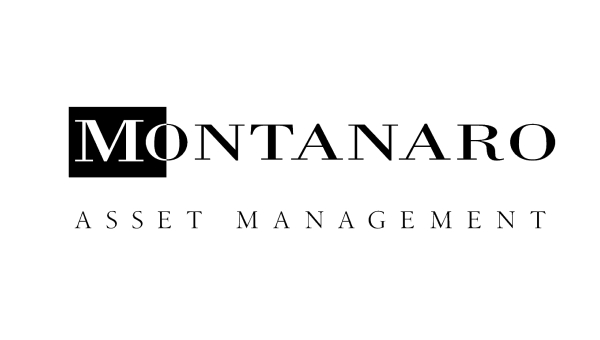
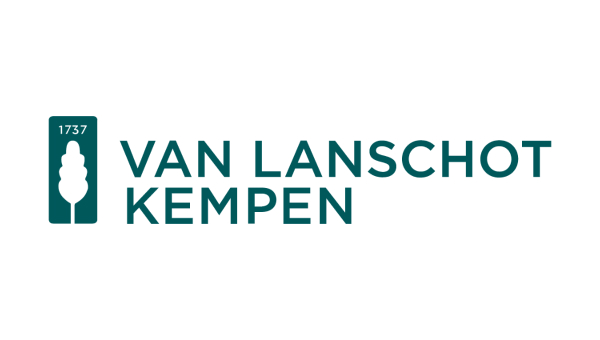
Emerging Markets Equity
Objectives: To provide exposure to emerging markets equities, together with excess returns and enhanced risk control.
Approach: Emerging and frontier economies typically are expected to achieve higher long-term growth rates than developed economies, and, in many cases, are seeing the emergence of a middle class, rising education and improving institutions and infrastructure. Information and market inefficiencies with emerging markets should create opportunities for active managers. Opportunities can arise at both a macro and micro (company) level. Good managers, however, also need to be able to manage the increased risk and challenges of emerging markets.

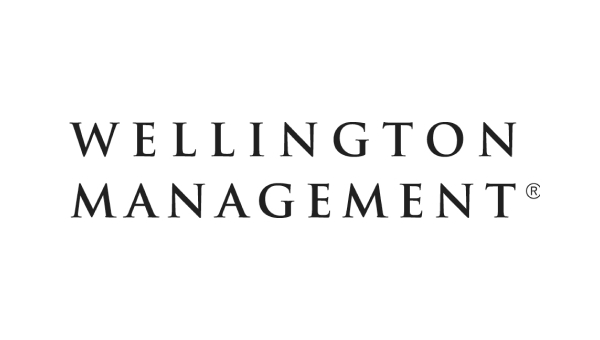
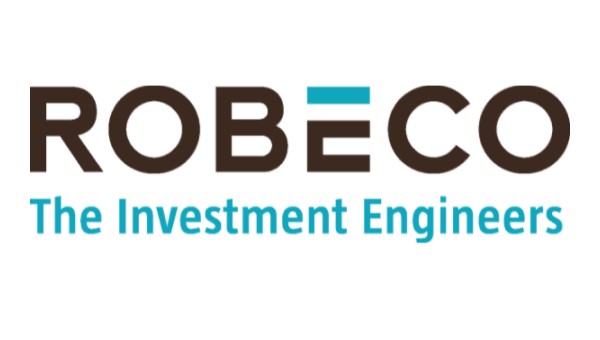
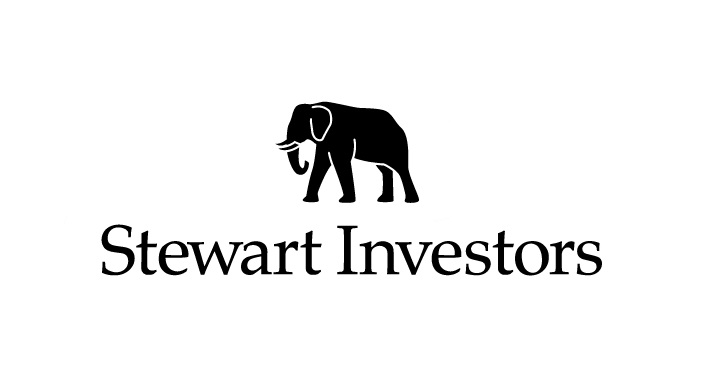
Low Volatility Global Equity
Objective: To provide exposure to global equities in a way which seeks to moderate the expected high levels of risk in equities without reducing long term returns, through exposure to the low volatility factor and manager skill, at moderate cost with reasonable liquidity.
Approach: It will consist of a diversified range of global equities and should achieve its low volatility objective largely through portfolio construction and stock selection, rather than e.g. trading or option overlays.


Active bonds
Sterling Corporate Bond
Objectives: To provide some return over gilts by exploiting the credit risk premium: the fact that credit spreads are generally more than adequate compensation for default risks.
Approach: An active approach with enhanced credit analysis and sensible portfolio construction should provide additional returns over the benchmark. Some exposure to unrated and non-benchmark bonds will allow further return enhancements. The portfolios are expected to be highly diverse with more than 250 holdings. This is because with bonds, risks are asymmetric and so diversification reduces risks without limiting return.

Other Active products
Multi-Asset Credit
Objectives: To gain exposure to a diversified portfolio of enhanced credit opportunities with modest exposure to interest rate risk.
Approach: The portfolio invests in a variety of specialist bond sectors, such as corporate bonds, high yield, bank loans, emerging market debt etc. The intention is to gain exposure to a range of more specialised, higher return bond sectors which individually do not merit explicit allocation, but collectively provide a diversifying, moderately high return portfolio.
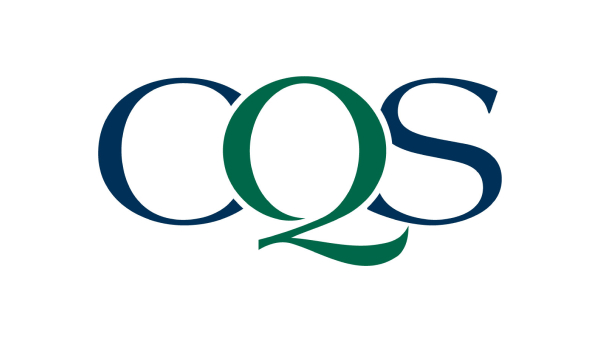
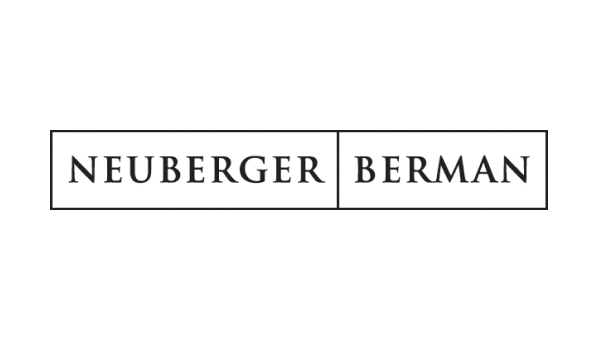

Diversifying Returns
Objectives: To invest in a diversified range of asset classes, to provide a broad exposure to a range of return drivers and achieve equity like returns with reduced volatility over a 5-year period. The portfolio will seek to provide diversification from equity risk.
Approach: The portfolio comprises multi-asset funds which allocate between a wide range of asset classes including equity and fixed income, together with alternative strategies such as real estate, commodities and currency. The portfolio will be actively managed to achieve growth at low absolute risk. Investments will be diversified between asset classes and by geography.
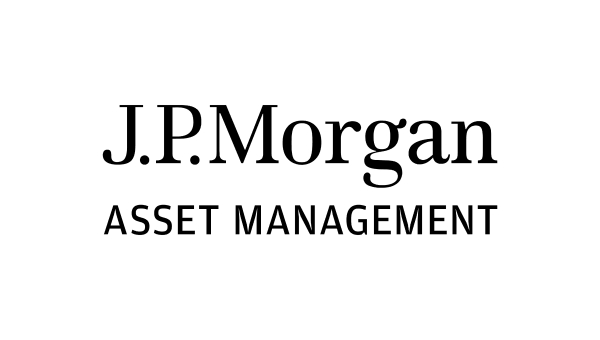
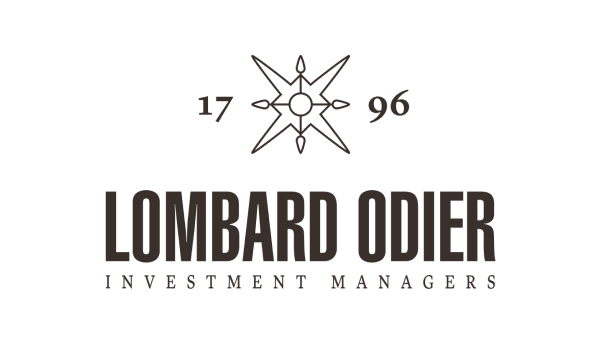
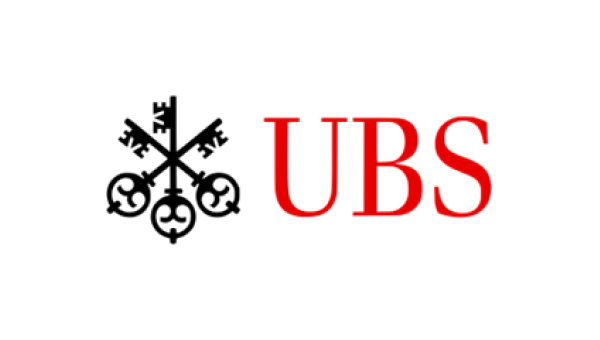
Passive equities
Passive UK Equities
Objective: To provide exposure to relevant benchmarks in a low cost and highly liquid approach.
Approach: The portfolio will invest passively in the securities underlying the relative market. Managers may achieve small out performance through the timing of transactions to maintain consistency with the index. The aim is to provide long term growth, with income re-invested in the portfolio.
Passive Developed Equities
Objective: To provide exposure to relevant benchmarks via a low cost and highly liquid approach.
Approach: The portfolios will invest passively in the securities underlying the relative market.
Managers may achieve small out performance through the timing of transactions to maintain consistency with the index. The aim is to provide long-term growth, with income re-invested in the portfolio.
Paris Aligned Benchmark (PAB) Passive Global Equities (Unhedged & Hedged)
Objective: To provide exposure to equity returns and the global economy with lower exposure to carbon emissions and fossil fuels, while still low cost and liquid, and aligning to the Paris Agreement.
Approach: This portfolio is invested in global developed equities, predominantly those that are constituents of the underlying index. Climate change is significant long-term risk to investments. This portfolio seeks to mitigate this risk by investing in accordance with a Paris Aligned Benchmark.
Carbon Transition Benchmark (CTB) Passive Global Equities (Unhedged & Hedged)
Objective: To provide exposure to equity returns and the global economy with lower exposure to carbon emissions and fossil fuels, while still low cost and liquid, and aligning to the Paris Agreement.
Approach: This portfolio is invested in global developed equities, predominantly those that are constituents of the underlying index. Climate change is significant long-term risk to investments. This portfolio seeks to mitigate this risk by investing in accordance with a Climate Transition Benchmark.
Passive Smart Beta Equities
Objective: To provide exposure to equity markets and a combination of smart beta factors with the aim of outperforming the comparable market cap index for a low fee.
Approach: The portfolio will invest passively in equities via alternative indices (i.e. not solely focused on market capitalisation). Significant investment research points to the persistence of factors or styles able to deliver excess long-term returns, such as value, small size and low volatility. This portfolio will seek to capitalise on these factors. The portfolio will be managed on a passive basis for low cost, but the manager may achieve a small out performance against the underlying smart beta indices through the timing of transactions to maintain consistency with the index.
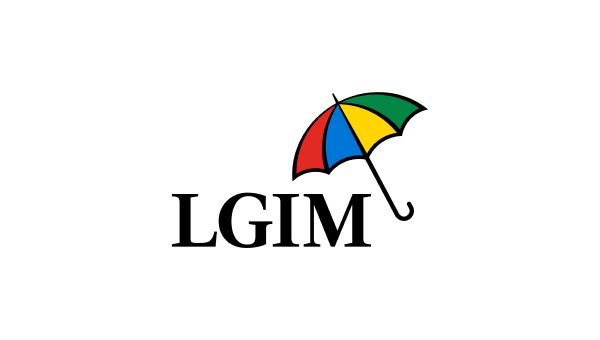
Passive bonds
Objective: To provide exposure to relevant benchmarks in a low cost and highly liquid approach.
Approach: The portfolios will invest passively in the securities underlying the relative market.
Managers may achieve small out performance through the timing of transactions to maintain consistency with the index. The aim is to provide long term growth, with all income re-invested in the portfolio.
Passive Index Linked Gilts and Passive Conventional Gilts
Objective: To provide exposure to relevant benchmarks in a low cost and highly liquid approach.
Approach: The portfolio will invest passively in the securities underlying the respective index to closely match the index performance. Managers may achieve small out performance through the timing of transactions to maintain consistency with the index. The aim is to provide long term growth, with all income re-invested in the portfolio.
